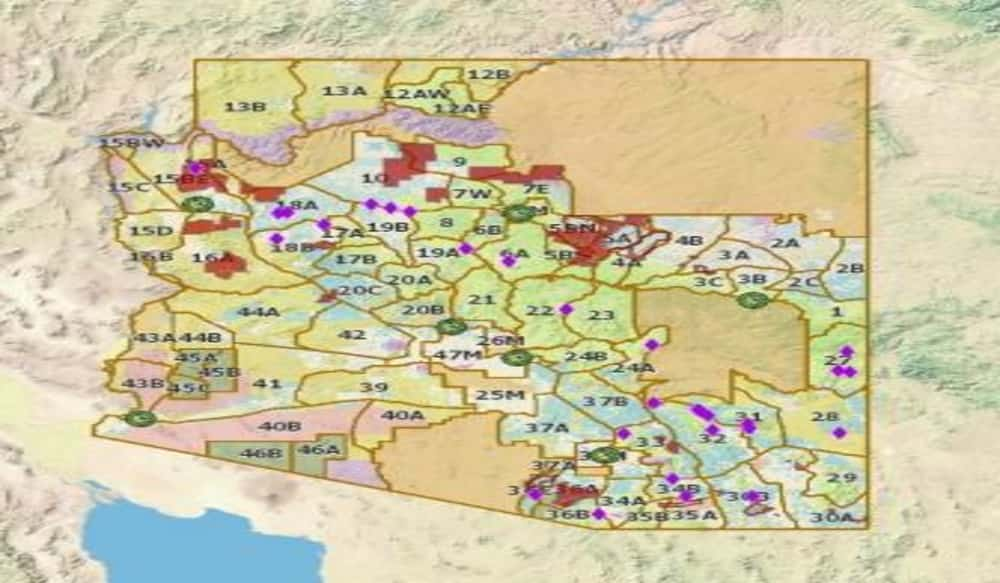

“We were hopeful that the Department would make additional changes for Arizona’s mountain lions in line with the best available science,” said Christian. Over the last seven months, MLF staff, volunteers and partners worked to raise awareness about mountain lion hunting management issues through media engagement, presentations and public testimony. They are worth far more alive than dead, and should be managed for all of us, not just hunters.” They hold intrinsic value and real tangible value as ecosystem engineers. “Hunting tags for mountain lions and other native carnivores provide a small source of revenue for the agency, and these species should be considered more than just a hunting opportunity. Holding up a check from Arizona Deer Association, Commissioner Leland Brake stated, “We have a stable population because sportsmen groups are paying to support wildlife.”Ĭhristian criticized the notion that hunting revenue makes the conservation of mountain lions and other native carnivores possible. Several Commissioners posited that maintaining current hunting levels is justified since hunting provides revenue for wildlife conservation. Commissioner Brake holds up a $200,000 check from Arizona Deer Association to show who “pays for conservation”īefore voting on the Hunt Guidelines, the Arizona Game and Fish Commissioners reacted to public criticism received throughout the Hunt Guidelines process. Additionally, the Department decided to maintain their spring bear hunt, making Arizona one of only seven states that still allow black bear hunting during this sensitive time when mothers are nursing their new cubs. “Mountain lions need similar periodic habitat evaluations given the impact of drought and wildfire on their population,” said Christian. However, they did not include a similar provision for other native carnivores impacted by changing habitat conditions. The Department included a new positive change for black bears- to evaluate habitat conditions every three years, or after landscape-level events such as wildfire. “The best available science demonstrates that those changes would prevent the majority of kitten orphaning and ensure a more stable population over the long run.” “We were hopeful that the Department would prohibit hunting during times when female mountain lions are having kittens, and limit overall hunting levels to no more than 14 percent of the independent mountain lion population,” said Logan Christian, Region II Conservation Advocate for Mountain Lion Foundation. This was especially problematic given that that lions less than three years old are the most heavily hunted age class in Arizona.ĭespite these improvements, several important recommendations were not included in the final Hunt Guidelines. Previously, the Department only counted females over three to be adult, even though many reach reproductive maturity between two and three. The Arizona Game and Fish Department will now limit female mountain lion hunting to 50% of the total mountain lion hunting limit in each unit, and count female mountain lions as adults if they show evidence of lactation, thereby counting these individuals towards their existing adult female hunting limit of 25%. The approved Hunt Guidelines came with two improvements for mountain lions, both targeted towards female lions. Phoenix, Arizona – On Friday, April 1, the Arizona Game and Fish Commission voted 5-0 to approve the Arizona Hunt Guidelines, establishing the next five years of hunting management for Arizona’s mountain lions and other hunted wildlife species.

108Īrizona Game and Fish Commission Approves the Arizona Hunt Guidelines, Setting Up the Next Five Years of Mountain Lion Management Logan Christian, Region II Conservation Advocate, Mountain Lion ext.


 0 kommentar(er)
0 kommentar(er)
